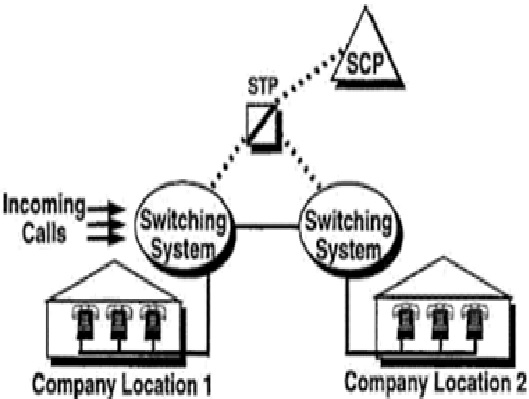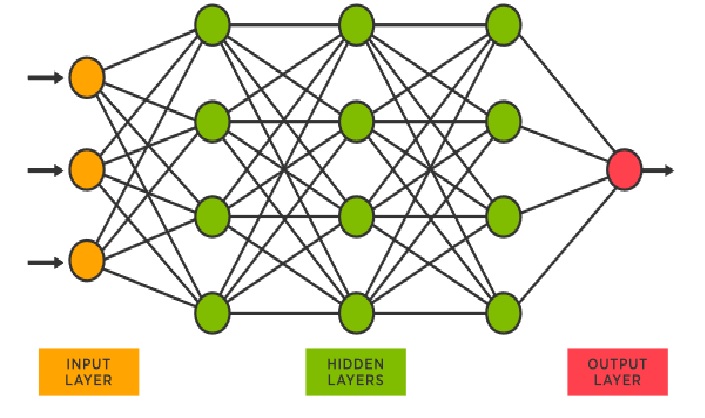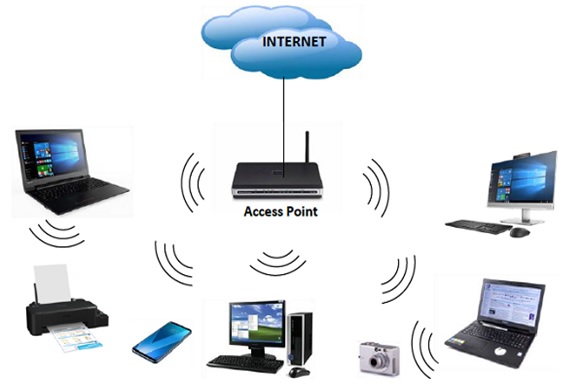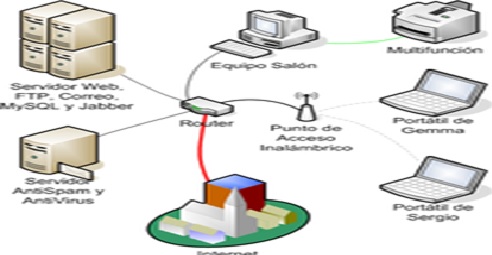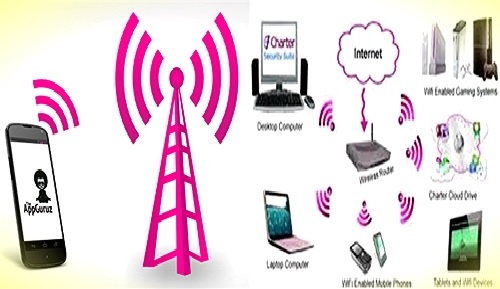Cognitive Radio in Computer Networks

The opportunistic spectrum sharing nature of CR networks has marked this technology with a set of attractive features. A cognitive radio is a smart wireless device that can alter its operational parameters based on interaction with the surrounding environment involving its users. This interaction can either involve passive sensing and decision making locally within the radio or can include active interactions with other nodes in the network. The cognitive radio networks (CRNs) composed of cognitive radio nodes or nodes equipped with cognitive capabilities lead to smarter networks and communication technologies.
A CR network can take different topologies to accommodate the unpredictable availability of spectrum resources. For instance, a CR network can be a point-to-multipoint network with a base station responsible for all spectrum access, e.g. the IEEE 802.22, or it can be an ad hoc multi-hop network where spectrum access is managed in a distributed manner, e.g. the European Computer Manufacturers Association (ECMA) 392 network.
In cognitive radio networks, the CU establishes communications on the PU channel in such a way that the PU communication remains unaffected by following a cognitive engine cycle, which comprises the following steps, namely, (1) spectrum sensing, (2) spectrum analysis and decision, (3) spectrum accessing, and (4) spectrum mobility.
Initially, the CU performs spectrum sensing on the channels to detect the status of the channel that is idle (free) or active (busy). Furthermore, the CU selects the most suitable idle channel for the communication and starts the data transmission on that channel by using the appropriate spectrum accessing technique.
The reappearance of the PU communication is an important phenomenon during the CU communication, and if it happens the CU needs to switch its communication to the other available channel, and this process is termed spectrum mobility. Interference avoidance to the PU communication by the CU communication is achieved by using various spectrum accessing techniques: interweave, underlay, overlay, and hybrid spectrum accessing techniques.
A cognitive radio network (CRN) is split into two main networks, a primary network and a secondary network. The primary network owns the licensed band and consists of the primary radio base station and users. The secondary network shares the unused spectrum with the primary network. It consists of the cognitive radio base station and users.
The three key capabilities that differentiate cognitive radio from traditional radio are:
- Cognition: CR understands its geographical and operational environment.
- Reconfiguration: According to this cognitive knowledge, CR can decide to dynamically and autonomously adjust its parameters.
- Learning: CR can also learn from the experience, and experiment with new configurations in new situations.
According to the research cognitive radio may even be used in space communications, particularly far outside of Earth's orbit.
Cite this article:
C.V.Harry(2021),”Cognitive Radio in Computer Networks", AnaTechMaz, pp. 153



